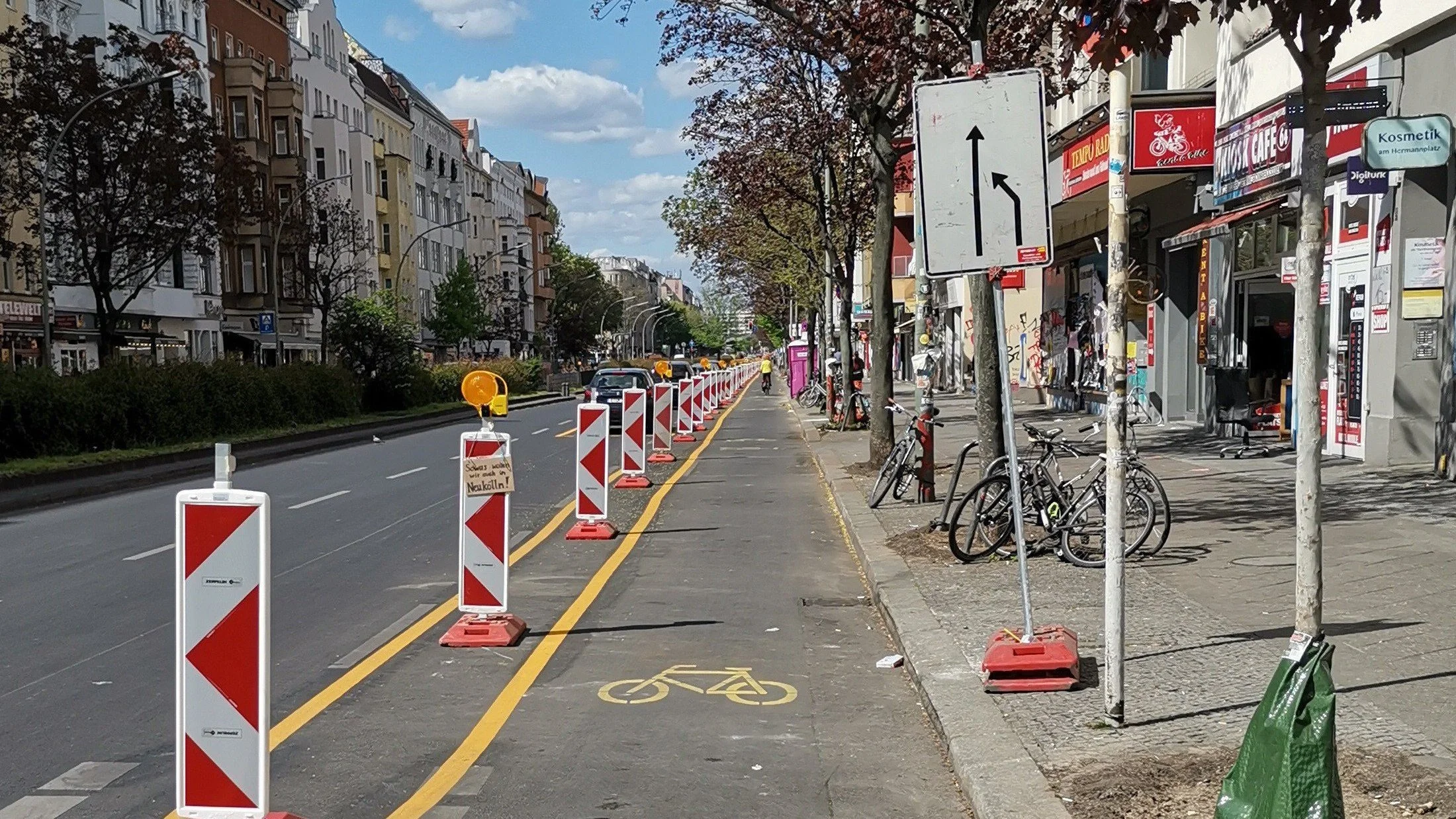Here’s how Strong Towns Chicago is making its neighborhoods safer, more pedestrian-friendly and more inviting.
Read MoreWhile long-term safety initiatives like updating street design standards or starting a crash response team are important, they must be paired with immediate action. A recent crash in Rochester, New York, shows why.
Read MoreConducting a walking audit is an quick, easy and free step that anyone can take to start improving their place. In this article, trained architect and urban designer Edward Erfurt demonstrates how to do so, using a recently completed sidewalk project in his community as an example.
Read MoreIn this episode, host Norm Van Eeden Petersman is joined by Julie Emery, a Local Conversation leader, to discuss how her group started their bus bench building program and how it’s evolving.
Read MoreIn the battle for street safety, crossing guards are on the front lines. Their verdict: The streets outside of schools are extremely unsafe. One crossing guard in Denver decided to do something about it.
Read MoreHere’s how advocates in Omaha, Nebraska, got their Department of Public Works to complete a quick-build street safety project so fast that “it felt like waving a magic wand.” (Hint: Find out if your community has a business improvement district, stat.)
Read MoreIn this episode of Bottom-Up Shorts, host Norm Van Eeden Petersman is joined by Sarah, a Local Conversation leader, to talk about the bike racks she and her friends have been building and installing around their city.
Read MoreIn this debut episode of Bottom-Up Shorts, host Norm Van Eeden Petersman is joined by Manav Sharma, a Local Conversation leader, to discuss his group’s use of stickers in their advocacy.
Read MoreI’d rather smother a boot in gravy and eat it than deal with a labyrinth of city regulations, procedures and fees. Loopholes are a great way to avoid that. Here are three loopholes to help you move forward when your project is running up against a bureaucratic nightmare
Read MoreAmerican bus stops often leave people exposed to the elements without even a place to sit as they wait for their buses to arrive. Here’s how advocates around the country are tackling this problem — and how their cities are responding.
Read MoreIndianapolis officials are encouraging residents to be involved in improving the city through a number of initiatives. In this Upzoned episode, Chuck and Abby discuss the benefits of these programs and the growing pains cities will face as they make this kind of positive change.
Read MoreThere’s a troubling narrative out there that you can only get things done in your community if you’re in public office, or by otherwise working through official, formal channels. But this is simply not true.
Read MoreTraffic calming interventions are best when they not only make the environment safer for everyone outside of a car, but when they do so in a way that reduces the mental load for drivers.
Read MoreThere’s no excuse: when members of a community see a dangerous street for what it is, it shouldn’t take a death (or several deaths) for the city to finally take action.
Read MoreWhen a young child ended up in intensive care after being struck by a car, this Cincinnati Local Conversation group didn’t wait to take action to make the street safer.
Read MoreWhen Chattanooga, TN, resident Jon Jon Wesolowski noticed a broken guardrail on an overpass, he thought, “the city should’ve put something up for pedestrians.” But then he realized: he could do something about it, himself.
Read MoreTemporary projects can help cities take the guesswork out of new infrastructure.
Read MoreArmed with paint and traffic cones, this Local Conversation group in Portland, OR, made a dangerous intersection safer to cross…in only 80 minutes!
Read MoreThis neighborhood organization creates safe street design and stops speeding, but they might have to wait five years for a permanent fix.
Read MoreThis block in Tulsa, AZ, got a makeover in this community-led placemaking event, showing that you don’t need a lot of money to transform an empty space into a community asset.
Read More



















